F1 IN AMERICA: The story of the US racer who was the only driver feared by the legendary Jim Clark

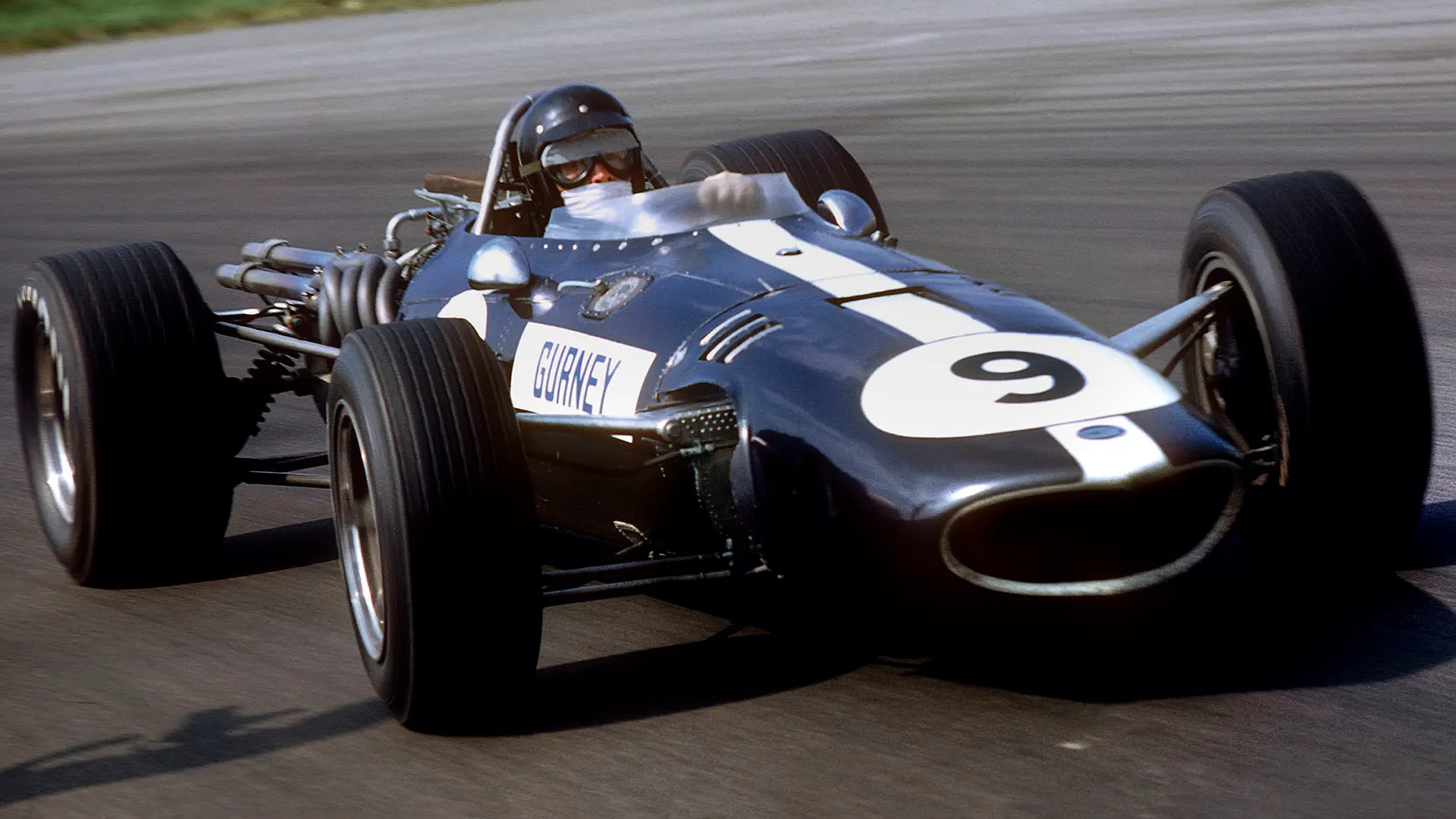
When the great and good of world motorsport gathered on a sad day in April 1968 to lay Jim Clark to rest in Chirnside’s graveyard in his native Scotland, his father spoke quietly and privately to a tall, handsome American racer.
“You were the one driver that my son feared,” he told him gently. At that time no accolade could have been of greater impact nor more emotionally challenging.
Next Up
Related Articles
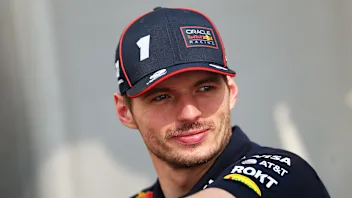 Verstappen reflects on Mercedes talks and F1 future
Verstappen reflects on Mercedes talks and F1 future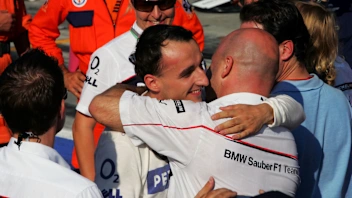 Sauber’s best moments and most memorable liveries in F1
Sauber’s best moments and most memorable liveries in F1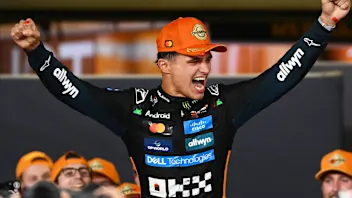 Our writers on the best drivers and stories from 2025
Our writers on the best drivers and stories from 2025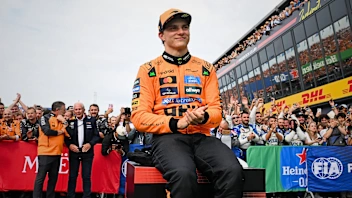 Hinchcliffe'History shows Piastri will be even better in 2026'
Hinchcliffe'History shows Piastri will be even better in 2026'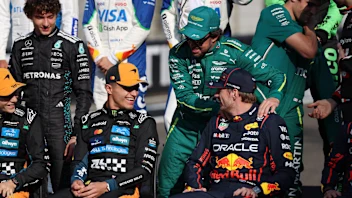 ExclusiveThe F1 team bosses choose their top 10 drivers of 2025
ExclusiveThe F1 team bosses choose their top 10 drivers of 2025 End Of Year Reports 2025Red Bull’s best and worst moments from 2025
End Of Year Reports 2025Red Bull’s best and worst moments from 2025
